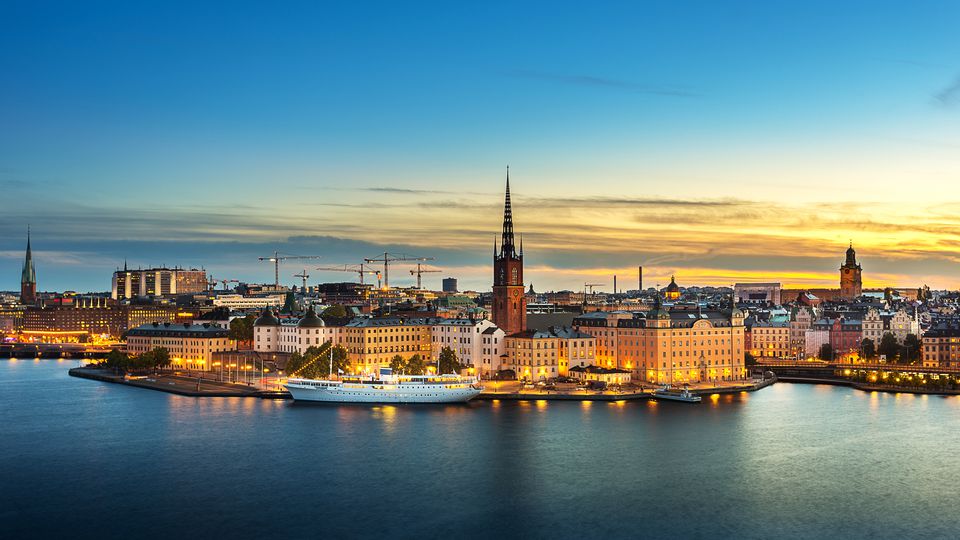
At a power plant in Linköping, Sweden, a municipal government company is burning rubbish to turn waste into energy. This is one of Sweden’s 34 plants that uses rubbish instead of coal or gas for heat and electricity.

The plant, which was expected to begin operation in January, will incinerate 1,400 tons of waste every day.

When up up and running it is expected to treat up to 2 million tons of solid waste every year. This is almost 60% of Dubai’s annual garbage production.

Construction of what would be first ever waste-to-energy plant in Africa is nearing completion. The plant, which is due to begin operating in January, will incinerate 1,400 tons of waste every day.

Albania has inaugurated its first waste-to-energy plant. The plant will be able to generate 2.85 MW of electricity per hour.

One idea is that a sewage treatment plant could use the energy created by the waste it processes to process more waste; in other words, a closed-loop operation with zero net energy and zero residuals.

The plant in UK will recycle more than 100,000 tonnes of organic waste every year to generate enough renewable energy to power 10,000 homes across the region.

The plant at the Narela-Bawana landfill site will able to tackle 1,300 tonnes of garbage on a daily basis and produce almost 24 mega watts of energy.

Clean Energy Technologies announced today an innovative waste-to-energy system set for completion in Tennessee later this year that will provide renewable electricity to a municipal waste water treatment plant.

Schmidt Hammer Lassen Architects and Gottlieb Paludan Architects have just won an international competition to design the world's largest waste-to-energy plant in Shenzhen, China.